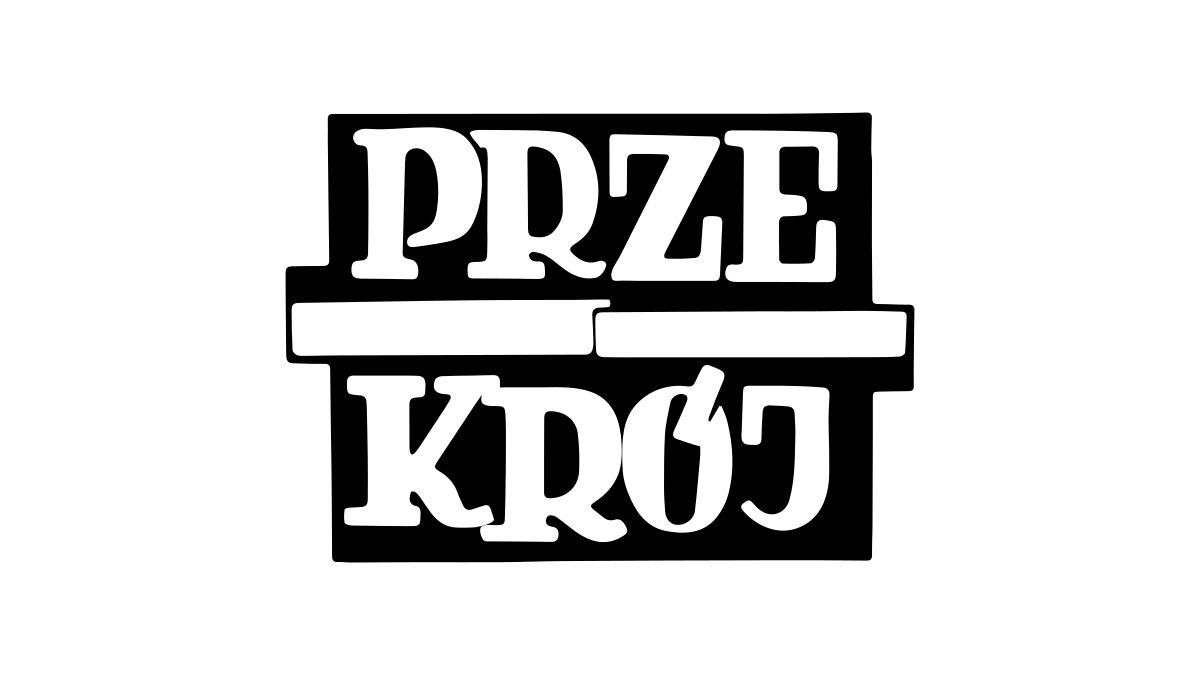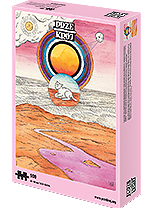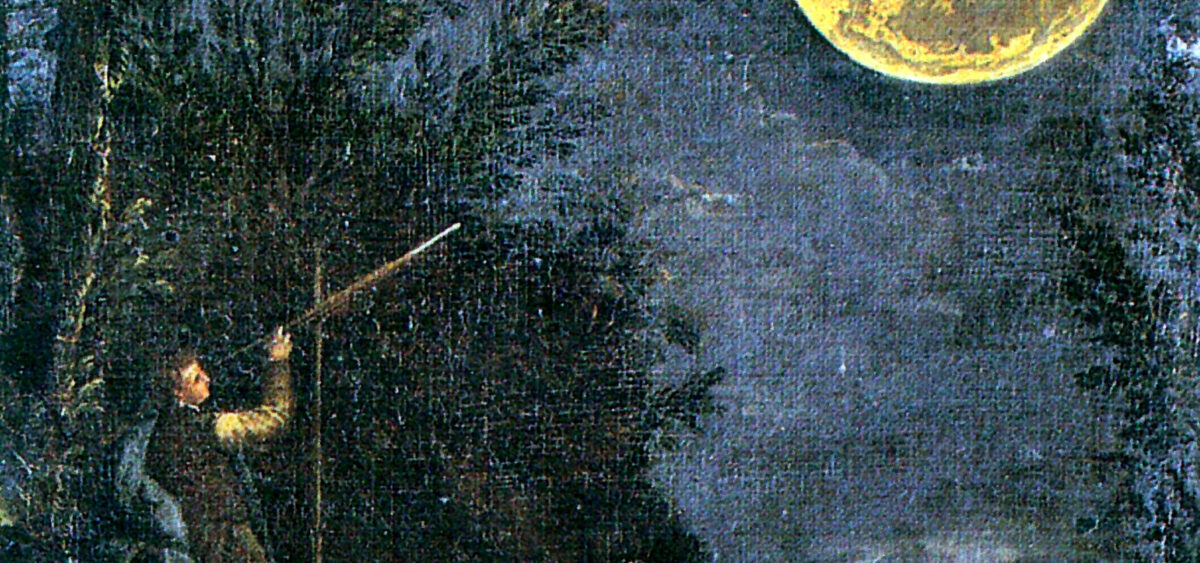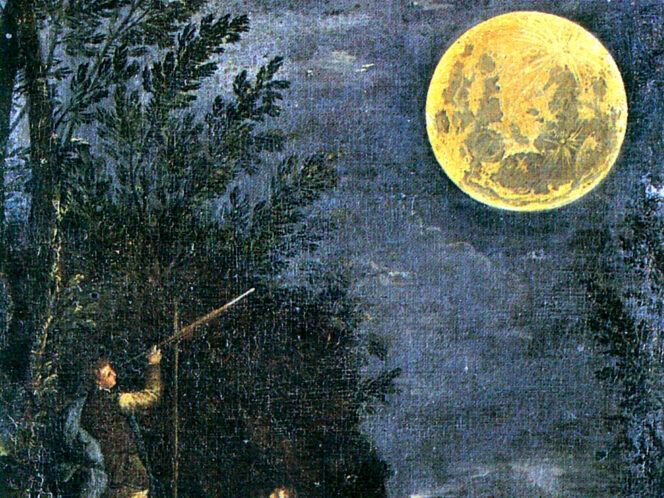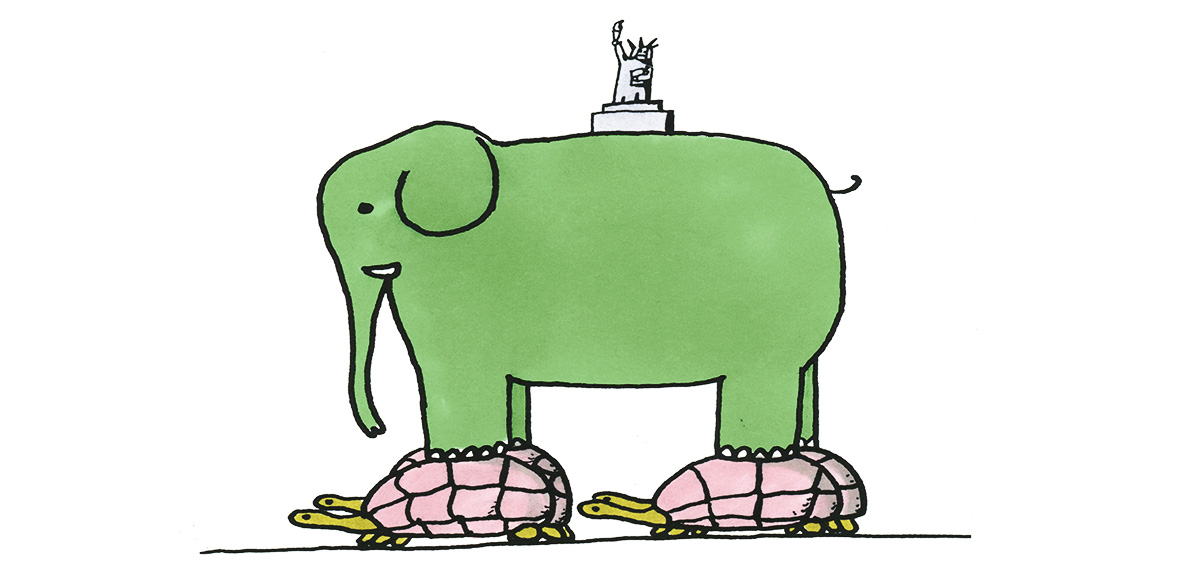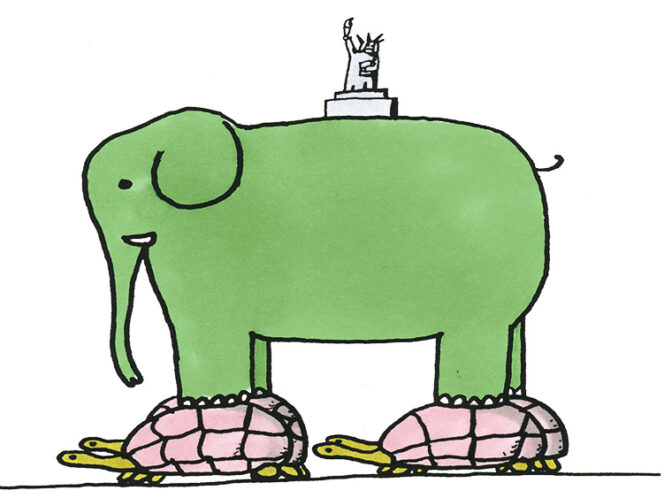
The greatest minds of the Italian Renaissance, such as Giordano Bruno and Giovanni Pico della Mirandola, were on the side of magic and astrology. The belief in a deep dependence on cosmic forces was the foundation of understanding the world, and on the other hand, it was a source of great controversy.
The stereotypical image of modern history presents the European Middle Ages as a time of civilizational stagnation, an “irrational” and “dark” epoch, followed by a kind of breakthrough: the Italian Renaissance—a time of renewal initiating true modernity and everything that is characteristic about it including scientific and technical discoveries, the development of the arts and the beginnings of secularism, and the new position of human beings in the cosmos. The Florentines are partly responsible for this stereotype of the epoch—Petrarch wrote about the Middle Ages as a time of “barbarism” that followed the great Greco-Roman culture. This view was taken up and popularized by nineteenth-century historians, especially Jules Michelet.
More recent research, however, shows that this is a greatly exaggerated picture. In many respects, the Italian Renaissance was a continuation of medieval tendencies, and the real fundamental changes that made it possible to speak of the modern era—such as the fall of the monarchy and the monopoly of Christianity, the birth of industry, and the invention of the steam engine—came much later.
For a very long time, historians of philosophy and culture who wanted to see European history as a history of “progress” and the development of “rationality” lost sight of or ignored the phenomena fundamental to the Renaissance. Jacob Burckhardt, in his great work The Civilisation of the Renaissance in Italy, wrote about the “diseases,” “follies,” and “sad elements in the life of Italy at that time.” But more than a century later, Jean Delumeau, in his La civilisation de la Renaissance (The Civilization of the Renaissance), stated that this epoch would remain incomprehensible until we took into account the deep meaning of all these “follies.” Beginning in the second half of the twentieth century, Renaissance scholars have been revealing and interpreting documents that reveal a dizzying world of deep, complex ideas. Magic and astrology are combined with the writings of Plato, Ptolemy, and Christianity. What is more, many important phenomena and themes present in the works of artists of this era are still waiting to be explored and understood.
The Cosmic Alphabet
It should be emphasized at the start that it is not only about magic or “folk” astrology, but about the “learned” culture, theories and practices, the proponents of which were the most eminent minds of the period in question. In particular, the “astral sciences,” to which we will devote special attention, owed an extremely strong position to Renaissance philosophy and science. The period between 1450 and 1650 is described by scholars as the apogee of interest in astrology throughout Europe.
All Italian rulers or popes had their astrologers; they could even be found in the municipalities of the cities. Political actions, the reception of a diplomatic mission, the laying of the foundation stone for a new building—these were determined by specialists in the stars and planets. The time of departure of the troops or the taking
